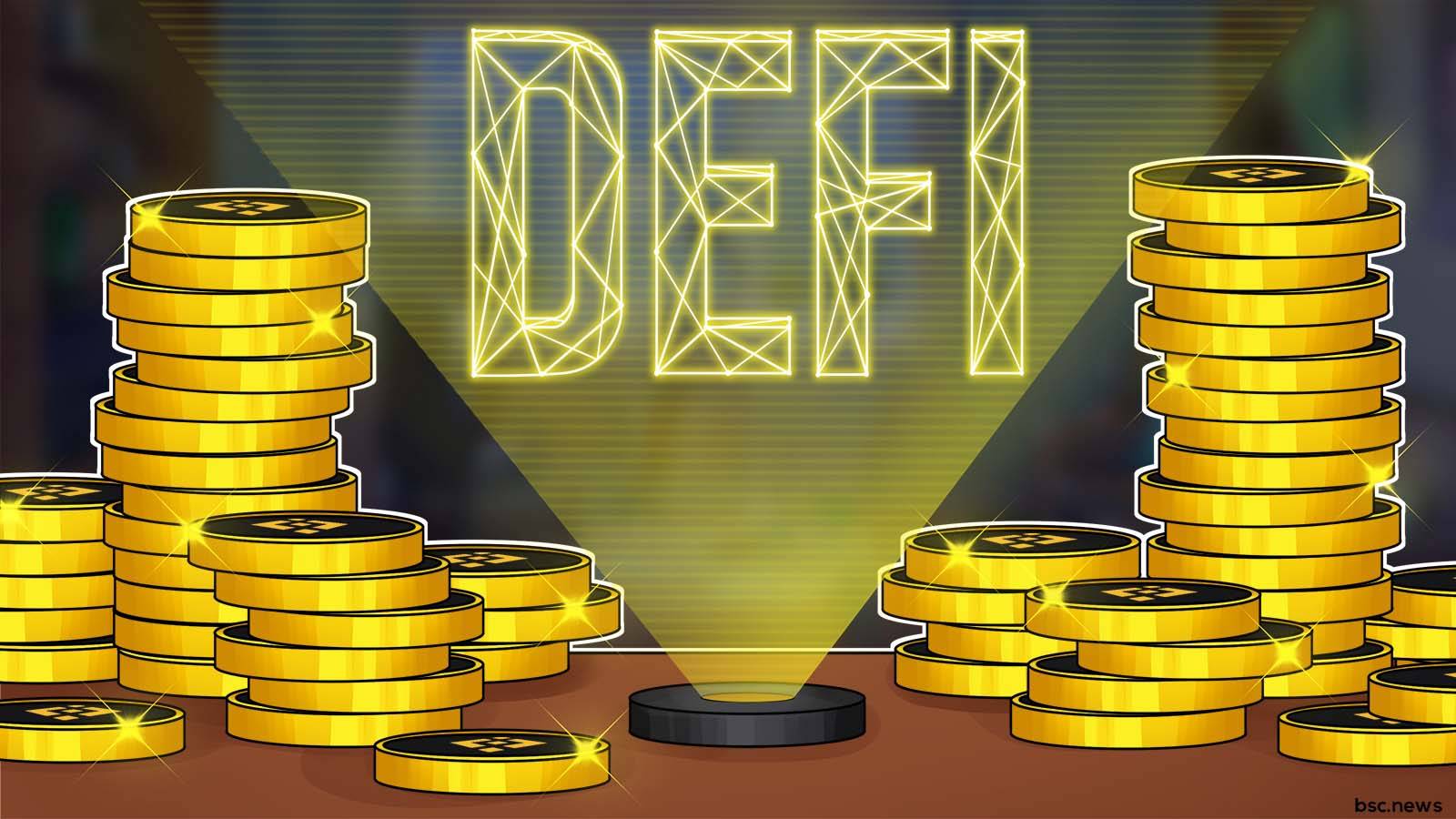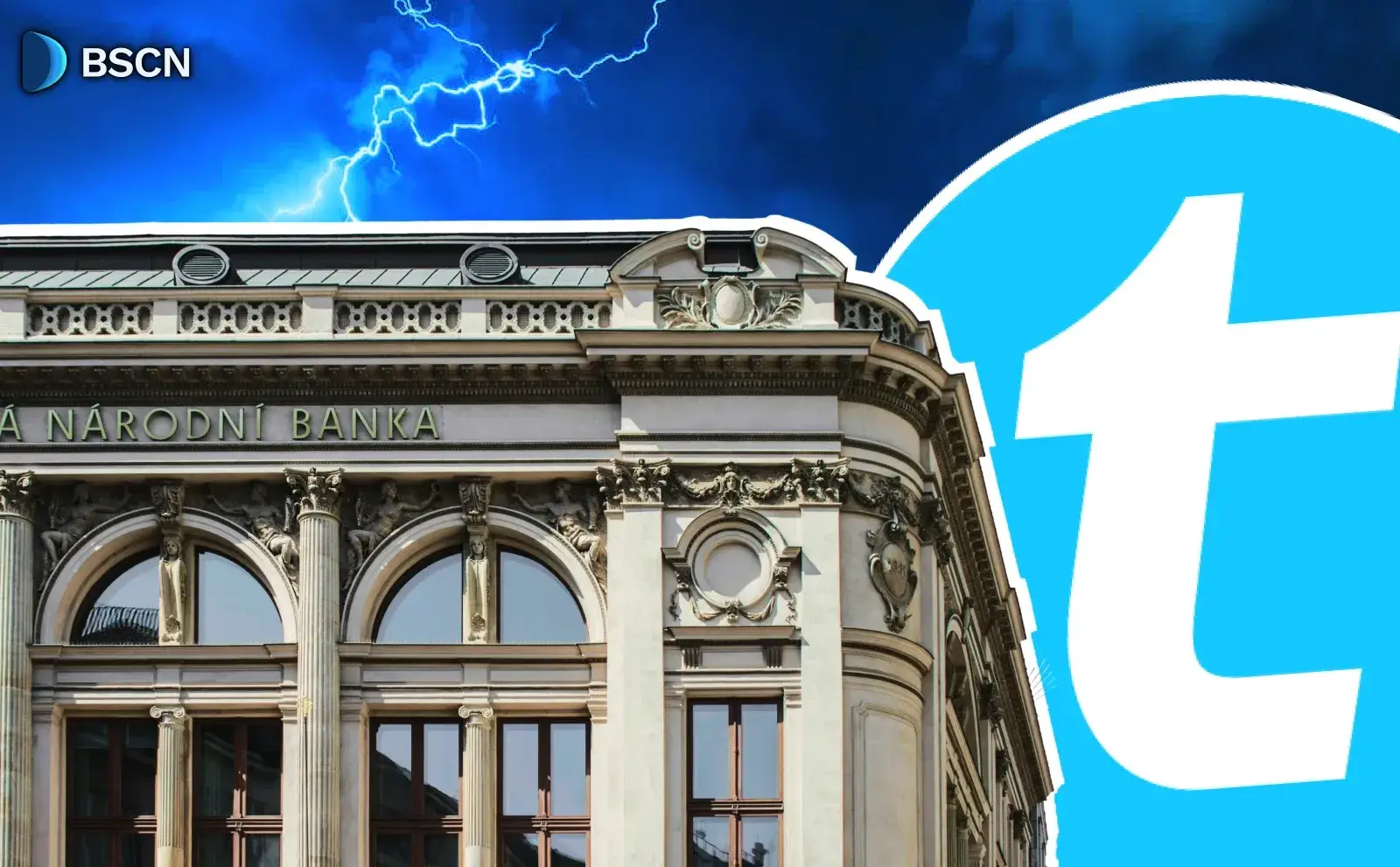WEB3
(Advertisement)
What are Elastic Supply Tokens

Rebase tokens seek to incorporate commodity-like market features through the unique rebase mechanics used to enforce a stable peg price while maintaining scarcity.
BSCN
January 29, 2021
(Advertisement)
Table of Contents
What is an Elastic Supply Token
Decentralized Finance (DeFi) became really big during Q4 of 2020, ushering many new ideas and innovations never seen before. DeFi appeals to many, leveraging blockchain technology to shift mainstream financial services to what is now seen as user-controlled financial systems.
The implementation of smart contracts removes the need for traditional middlemen. One interesting token system that has come out of DeFi is the utilization of Elastic Supply Token models. These have become increasingly popular on DeFi platforms, now coined as algorithmic stablecoins.

This type of token is engineered through smart contracts, where the supply of such token is not fixed as it adjusts routinely. Depending on its model, unlike the fixed supply of Bitcoin and the unlimited supply of Ethereum, these tokens have a dynamic supply. The mechanism used to adjust the supply is referred to as a rebase; these are carried out to inflate or deflate supply without diluting users’ percentage of tokens.
Rebases are utilized to peg a token to a specific price using economic laws of supply and demand. The idea is that the supply shift will push the nominal price towards its target price (equilibrium) over time. For example, say a target of $1 per token is targeted, supply will keep changing to realize the target.
This type of token model looks closely to stablecoins; however, stable coins aren’t created to be profitable or trade like indexes or commodities. Elastic token supply models are created with profit in scope as the market cap continues to grow as users receive rebases. To achieve this, the rebase mechanism distributes newly minted tokens proportionally to users, not diluting their shares.
Another clear distinction with stable coins is that while stable coins are somewhat semi-fixed supply coins (since they are allowed to mint new coins to meet up with needs and new requests when backed by collateral). Contrarily, Elastic supply tokens are dynamic shifting supply to target an un-collateralized peg price. This dynamic supply allows users to speculate on the growth of the token, versus a stable coin, which is used as a stable asset.
Significance of an Elastic Supply Token

Rebase tokens are a type of commodity market bringing with them commodity market properties into the cryptocurrency space. Some of the most popularly traded commodities are Gold, Silver, Corn, Oil among a plethora of others. However, in rebase tokens, they can track the overall market in the cryptocurrency market or its own market and adjust their supply as price changes to keep the peg price while value increases.
As the cryptocurrency sector continues to expand, the money will flow into these types of tokens as it behaves like a commodity, reliant on supply and demand. Overall rebase tokens seek to incorporate commodity-like market features through the unique scarcity rebase mechanics create.
Negative and Positive Rebase
So let’s jump into how a basic rebase works; for example, you bought a Rebase token. Let’s say you purchased 1000 worth of ELASTIC for $1000, a hypothetical rebase token with a target price of $1, a typical price target for many elastic supply tokens. Let’s assume buying pressure pushed the price of AAPL up 20% to $1.20. A rebase was triggered to inflate the ELASTIC total supply by 20% (arbitrary percentage). This would leave the user with a positive rebase of 1200 AAPL - as the 20% is distributed proportionally - and an increased portfolio price of $1200.

But what if instead of buying pressure, there is an actual selling pressure? A negative Rebase sets in, to re-peg the price, the smart contract will introduce deflation in an attempt to increase the token demand. This system works in theory, but there are cases of algorithmic stable coins that have entered death spirals. In a declining market price stick below the target will lead to a declining market cap, resulting in a compound loss over time. This system works in theory, but there are cases of algorithmic stable coins that have entered death spirals.
Example of Rebase Tokens
Ampleforth is one of the first elastic supply tokens. Ampleforth aims to be an uncollateralized synthetic commodity of the crypto market, where 1 AMPL targets a price of 1 USD. Rebases occur once every 24 hours in this model to enforce the price peg. Ampleforth is a self-styled digital asset protocol for smart commodity money, relying on supply and demand mechanics.
The Ampleforth protocol receives exchange rate information from trusted oracles and introduces inflation when the price is above the peg and deflation when below. Supply changes are introduced to enforce the equilibrium price. AMPL experienced a large amount of growth after introducing its liquidity mining program called Geyser, a liquidity incentive that many Defi-based protocols use to bootstrap liquidity.
Another unique example of an elastic supply token is the Base Protocol. Base aims to be a crypto market index; its elastic token BASE is pegged to the full market cap of all cryptocurrencies at a quantitative relation of 1:1 trillion, permitting traders to invest in the whole crypto market with one token, If the crypto market cap is $450B, BASE is pegged to $0.45. If the crypto market cap is $900B, BASE is pegged to $0.90.
The Weakness of Elastic Supply Tokens

Elastic tokens are an incredibly volatile crypto asset class. The crypto market is very volatile, and rebase tokens have proved that point further. They are incredibly speculative assets and ideally, only experienced and smart investors who practice proficient risk management should participate. Similar to futures markets, the upside exists when the market is in an uptrend, and you tend to gain excellent traction.
The same effect is seen in a downtrend; you lose price value and lose the amount of total holding as each rebase occurs setting a spiral of negative rebases. This is the worst-case scenario in which the supply changes are unable to increase demand and re-stabilize the price and market cap.
The Future of Elastic Supply Tokens
While the thought of making insane gains is quite stimulating and interesting, that should not be the sole intention when purchasing rebase token. Investors are advised to fully understand what they are investing in. It’s super important to know what the rebase target is for a coin with rebase mechanics before investing/buying; setting your expectations right will ensure you do not lose your funds immediately.
Elastic supply tokens are attracting a lot of attention lately, bringing with it greed and bad actors who are hell-bent on scamming unsuspecting members of the crypto community. Users are expected to watch out for all of this as bugs and funny acts are unfortunately never in short supply in the crypto space.
Overall these tokens offer a unique system that aims to trade like a commodity like money. The supply is scarce in theory as the rebase mechanism distributes to users proportionally, making supply and demand the determinants of value.
Don’t forget to download the BSC News mobile application on iOS and Android to keep up with all the latest news for Binance Smart Chain and crypto!
Read Next...
Disclaimer
Disclaimer: The views expressed in this article do not necessarily represent the views of BSCN. The information provided in this article is for educational and entertainment purposes only and should not be construed as investment advice, or advice of any kind. BSCN assumes no responsibility for any investment decisions made based on the information provided in this article. If you believe that the article should be amended, please reach out to the BSCN team by emailing [email protected].
Author
 BSCN
BSCNBSCN's dedicated writing team brings over 41 years of combined experience in cryptocurrency research and analysis. Our writers hold diverse academic qualifications spanning Physics, Mathematics, and Philosophy from leading institutions including Oxford and Cambridge. While united by their passion for cryptocurrency and blockchain technology, the team's professional backgrounds are equally diverse, including former venture capital investors, startup founders, and active traders.
(Advertisement)
Latest News
(Advertisement)
Crypto Project & Token Reviews
Project & Token Reviews
Comprehensive reviews of crypto's most interesting projects and assets
Learn about the hottest projects & tokens

















